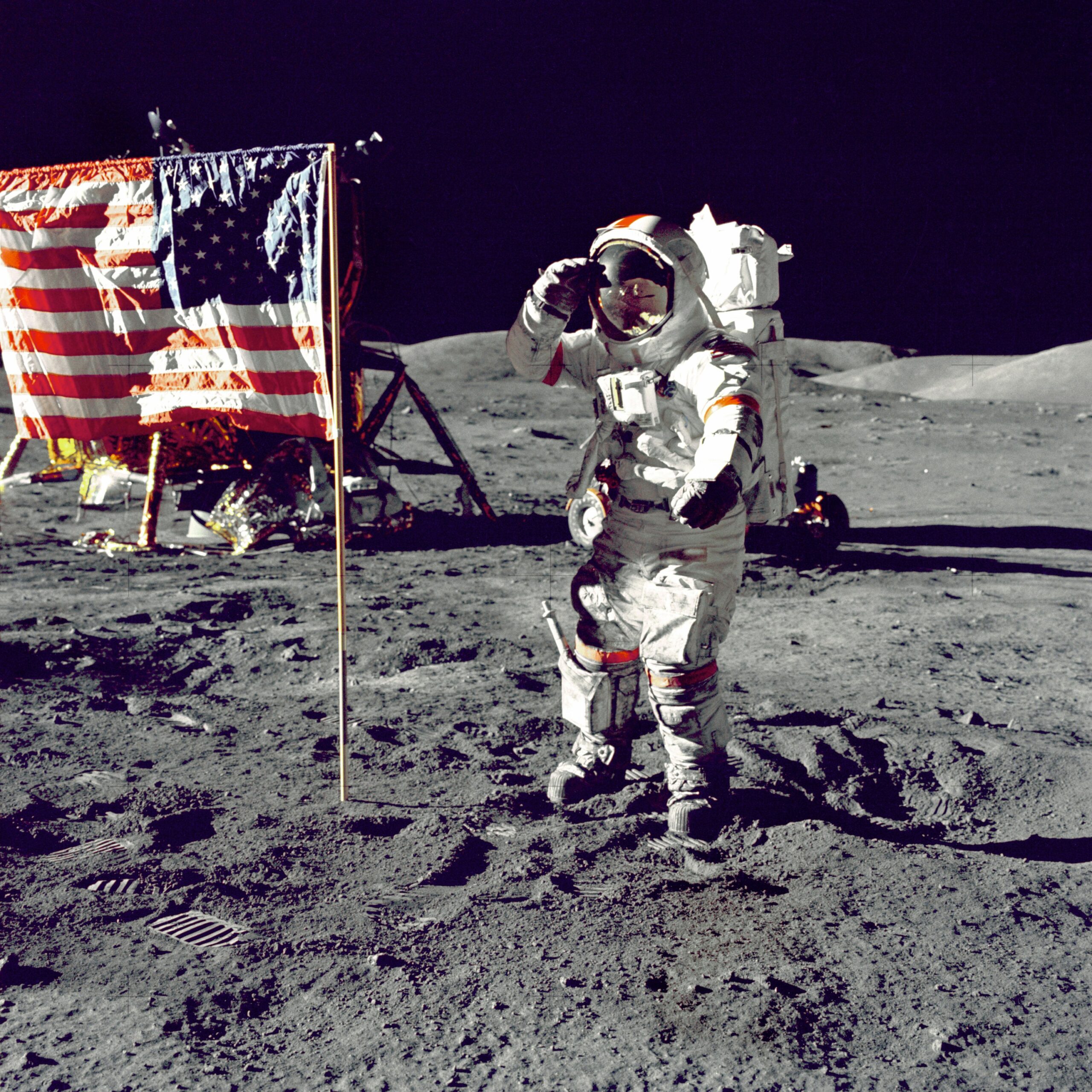Imagine a world where you can send a text from the Moon or stream your favorite show from Mars. While it sounds like the plot of a sci-fi movie, this vision is closer to reality than you might think.
Thanks to a groundbreaking partnership between NASA and Nokia, a cellular network is set to be established on the Moon, paving the way for long-term human presence on other planets. Let’s dive into this fascinating development and explore its implications for the future of space exploration.
The mission: setting up a 4g network on the moon
This year, a SpaceX rocket is scheduled to launch a simple 4G network to the Moon. The exact date is still under wraps, but the anticipation is palpable. The network will be installed at the Moon’s south pole and remotely controlled from Earth. The first challenge?
Ensuring the cellular equipment is space-qualified, meeting the necessary size, weight, and power requirements, all while being deployed without a technician. It’s like trying to set up a Wi-Fi router in your house, but with a few more complications—like extreme temperatures and radiation.
Why the moon needs a cellular network
You might be wondering, “Why does the Moon need a cellular network?” Well, for NASA’s Artemis program, which aims to return astronauts to the Moon this decade, cellular connectivity is invaluable. Currently, astronauts communicate via radio, but NASA envisions a lunar communications system capable of supporting high-resolution video and science data.
Imagine astronauts FaceTiming with mission control or even their families, as if they were just down the street. It’s not just about convenience; it’s about enhancing the safety and efficiency of lunar missions.
The role of Nokia’s bell labs
Nokia’s Bell Labs is at the forefront of this lunar connectivity project. Using a range of off-the-shelf commercial components, they are building the 4G network unit. This unit will be loaded onto a lander made by US company Intuitive Machines.
Once deployed, it will connect the lander via radio equipment to two roaming vehicles with a special mission: to search for ice. One vehicle, the Lunar Outpost rover, will explore the Shackleton Connecting Ridge, while the other, the Micro-Nova hopper, will dive into a crater to scan for Moon ice.
The hunt for lunar ice
Why the focus on ice? Lunar ice could be a game-changer for space exploration. It can be used to create breathable oxygen and even fuel for future Mars missions.
Imagine a future where we launch missions to Mars from the Moon, using resources found on the lunar surface. It’s like finding a gas station in the middle of a desert—except this desert is 238,855 miles away from Earth.
The bigger picture: a lunar economy
This project is not just about communication; it’s about laying the groundwork for a future lunar economy. Communication technologies will be crucial for sustaining a semi-permanent or permanent human presence on the Moon.
They will support automated robotic operations for transportation, resource mining, mineral processing, and scientific data collection. Thierry Klein, president of Bell Labs Solutions Research, emphasizes that a future lunar economy will depend on these technologies to collect and analyze data, share information, and maintain operations.
Earthly benefits of lunar technology
The benefits of this lunar network extend beyond space exploration. If a network can survive the harsh conditions of space, it can certainly withstand the toughest environments on Earth, such as polar ice caps, deserts, or offshore platforms.
This technology could revolutionize remote deployments, industrial sites, public safety, emergency response, disaster recovery, and defense. It’s like having a Swiss Army knife for communication—compact, versatile, and ready for anything.
In conclusion, the establishment of a cellular network on the Moon is a monumental step towards a future where humans can live and work on other planets. It’s a testament to human ingenuity and the relentless pursuit of exploration.
So, the next time you send a text or stream a video, remember that one day, you might be doing it from the Moon. And who knows? Maybe you’ll even get a “lunar selfie” from an astronaut.
Stay tuned with us to read the most important news from the U.S. and keep yourself informed about the latest developments.
Contact us today through our website or WhatsApp to discover how we can help you achieve success in the United States. Together, we can turn dreams into reality.
Information source: cnn.com



